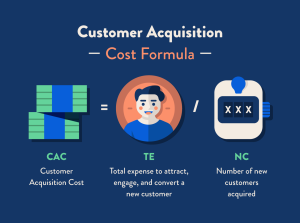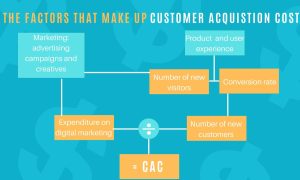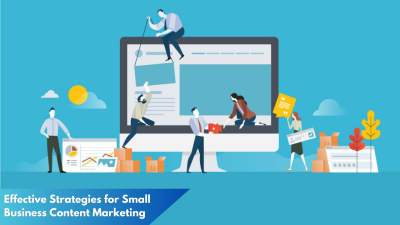In today’s competitive business landscape, mastering Customer Acquisition Cost (CAC) is pivotal for growth and sustainability. As companies strive to expand their customer base and maximize profitability, understanding and optimizing CAC becomes a vital component of their strategic approach. This article delves into the essentials of CAC and explores effective strategies for optimizing acquisition spending, providing valuable insights for businesses aiming to enhance their marketing efficiency.
Understanding Customer Acquisition Cost Basics
Customer Acquisition Cost (CAC) is a critical metric that represents the total expense a company incurs to acquire a new customer. It encompasses all marketing and sales expenditures, including advertising, salaries, and any other costs directly associated with attracting and converting potential customers. Understanding CAC is crucial for businesses, as it directly influences profitability and financial planning. By effectively tracking and analyzing CAC, companies can make informed decisions about their marketing strategies and budget allocations.
To calculate CAC, businesses typically divide their total marketing and sales expenses over a specific period by the number of new customers acquired during that timeframe. This calculation provides a clear picture of how much it costs to gain each new customer. However, it’s important to note that CAC is not a static figure; it can fluctuate based on numerous factors such as market conditions, competition, and changes in marketing strategies. Thus, continuously monitoring and adjusting CAC calculations is essential to ensure accuracy and relevance.
A comprehensive understanding of CAC also involves recognizing its impact on other key business metrics. For instance, CAC is closely linked to Customer Lifetime Value (CLV), which measures the total revenue a business can expect from a customer over time. Striking a balance between CAC and CLV is vital; ideally, the CLV should significantly outweigh the CAC to ensure sustainable business growth. Businesses that manage to optimize their CAC can enjoy better margins, increased profitability, and a stronger competitive position.
Strategies to Optimize Your Acquisition Spending
Optimizing customer acquisition spending involves strategically reducing CAC while maintaining or enhancing the quality of acquired customers. One effective approach is to leverage data analytics to gain deeper insights into customer behaviors and preferences. By analyzing data from various marketing channels, businesses can identify the most cost-effective platforms and tactics for reaching their target audience. This enables them to allocate resources more efficiently, focusing on high-performing channels that yield the best return on investment.
Another strategy is to enhance targeting precision through segmentation and personalization. By dividing the market into specific segments based on demographics, interests, or behaviors, businesses can tailor their marketing efforts to meet the unique needs and preferences of each group. Personalization, in particular, fosters stronger connections with potential customers, increasing the likelihood of conversion. By using targeted messaging and personalized content, businesses can improve customer engagement and reduce acquisition costs.
Lastly, businesses can optimize their CAC by fostering strong relationships with existing customers. Encouraging word-of-mouth referrals and creating customer advocacy programs can significantly reduce acquisition costs, as satisfied customers often become brand ambassadors. Additionally, implementing loyalty programs and providing exceptional customer service can enhance customer retention, increasing the overall customer lifetime value. By focusing on building long-term relationships, businesses can reduce their reliance on costly acquisition tactics and achieve a more sustainable growth trajectory.
Mastering Customer Acquisition Cost is a cornerstone of successful business strategy. By understanding the fundamental aspects of CAC and employing effective optimization techniques, companies can enhance their marketing efficiency, reduce costs, and drive sustainable growth. As the marketplace continues to evolve, staying attuned to emerging trends and adapting acquisition strategies accordingly will be crucial for businesses aiming to thrive in a competitive environment.



